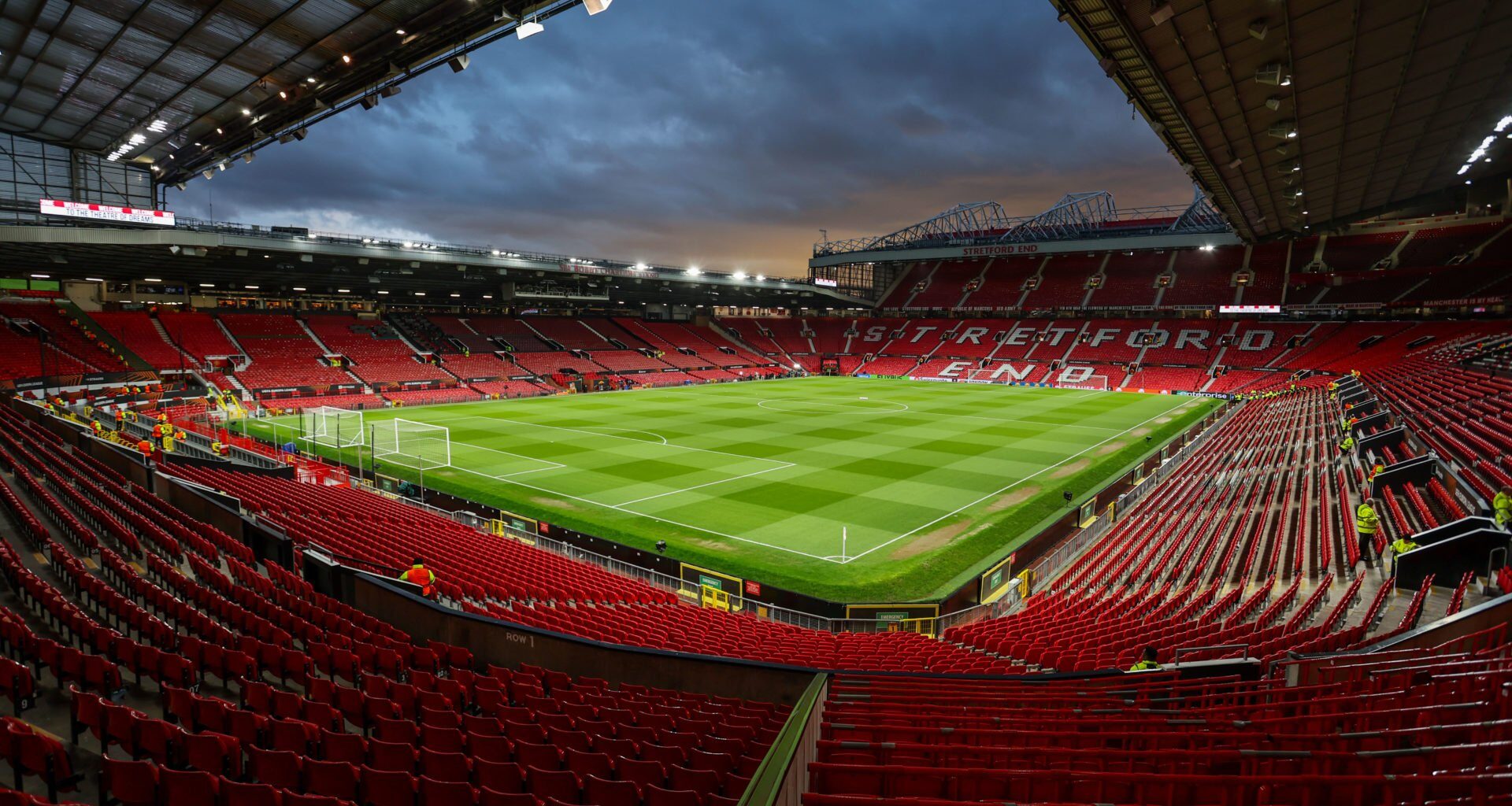Manchester United and their Premier League peers voted to replace the current PSR financial rules with a new system.
For better or for worse, the financial landscape of the Premier League has become an increasingly hot topic in recent years.
Currently, the Premier League operates under Profit and Sustainability Rules, which state that clubs cannot lose more than £105 million over a rolling three-year period.
![]() Join our newsletter for news & smart analysis. Sir Jim Ratcliffe gave Ruben Amorim his support
Join our newsletter for news & smart analysis. Sir Jim Ratcliffe gave Ruben Amorim his support
Ruben needs to demonstrate he is a great coach over three years. That’s where I would be.
Sir Jim Ratcliffe in October 2025
GRV Media’s football finance expert Adam Williams has explained that United’s PSR situation is currently okay despite spending £232m on signings in the summer.
Ineos have launched ‘Project 90’ to keep the books balanced at United, and that should help as the Premier League moves into the era of squad cost ratio (SCR) era.
 Photo by VALERY HACHE/AFP via Getty ImagesWhat are the new Premier League squad cost ratio rules?
Photo by VALERY HACHE/AFP via Getty ImagesWhat are the new Premier League squad cost ratio rules?
The sale of Scott McTominay was for PSR purposes, which is one of the many reasons fans have been against the current system.
As per The Athletic, the vote to introduce squad cost ratio rules passed 14-6, only scraping past the threshold of 14 votes. The clubs that voted against the new system were Bournemouth, Brighton, Brentford, Crystal Palace, Fulham and Leeds.
That means United voted in favour of the new system. So what are squad cost ratio rules and how will they affect the Red Devils?
Premier League clubs have voted to overhaul the league’s financial regulations from the start of the 2026-27 season.
Squad cost ratio (SCR) will replace the league’s current profitability and sustainability rules (PSR), which limit club losses to a maximum of £105million ($137m)… pic.twitter.com/khkL2MQBdP
— The Athletic | Football (@TheAthleticFC) November 21, 2025
View Tweet
Essentially, SCR will work on a season-to-season basis rather than a rolling three-year period.
Clubs will be limited on the amount they can spend on transfer fees, player and coach wages and agent fees. This amount (squad cost) will be set to 85% of that club’s revenue.
United generated record revenues of £666.5m in the latest 2024/25 accounts. Under the new rules, that would allow the Red Devils to have spent around £566m on transfer fees, wages and agent fees.
Why the new SCR rules benefit Man United
The Athletic have estimated that United’s squad cost for 2025/26 is estimated to only be 57% – well below the Premier League limit of 85%.
Only two Premier League clubs (Brighton and Tottenham) are spending a lower percentage of their revenue on transfer costs, wages and agent fees.
Uefa have a similar model that limits clubs to spending 70% of their revenue over a calendar year. United will only have to adhere to the Uefa rules when competing in European competitions.
READ MORE: Man United’s budget could change by over £100m as Premier League PSR showdown looms
Man Utd’s new stadium plans, what we know right now Set to be complete by 2030/31 seasonExpected cost around £2 billionOld Trafford set to be demolishedExpected to create 92,000 new jobs, 17,000 new homes and drive 1.8 million visitors annuallyCapacity of 100,000 with steepest stands allowable in UK (35 degree angle)Munich clock and other iconic club landmarks set to be included in new design
Because United have one of the highest revenues in English football – and it is growing under Ineos – that means the Red Devils will have more flexibility to spend and improve their squad under the new rules.
With a new stadium also being planned out, United’s revenue should climb in years to come.
The new financial rules are set to be introduced from the start of the 2026-27 season.

